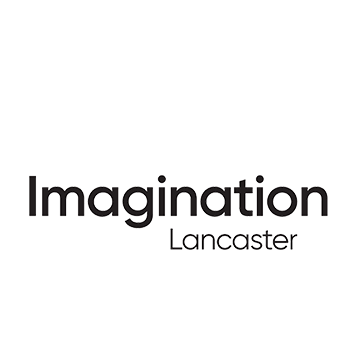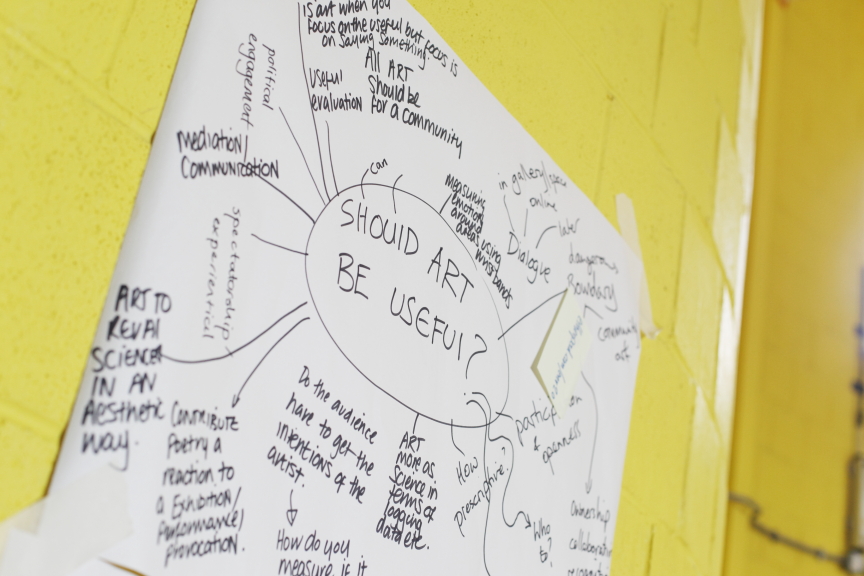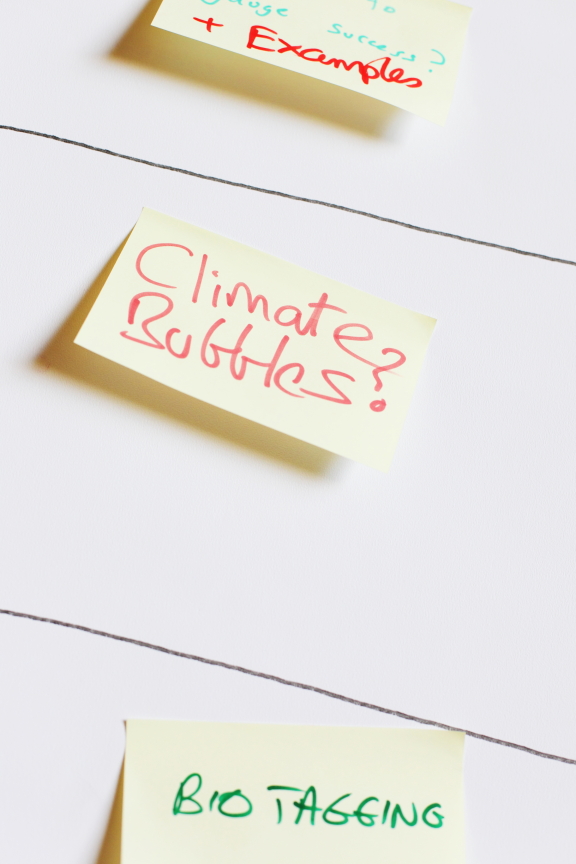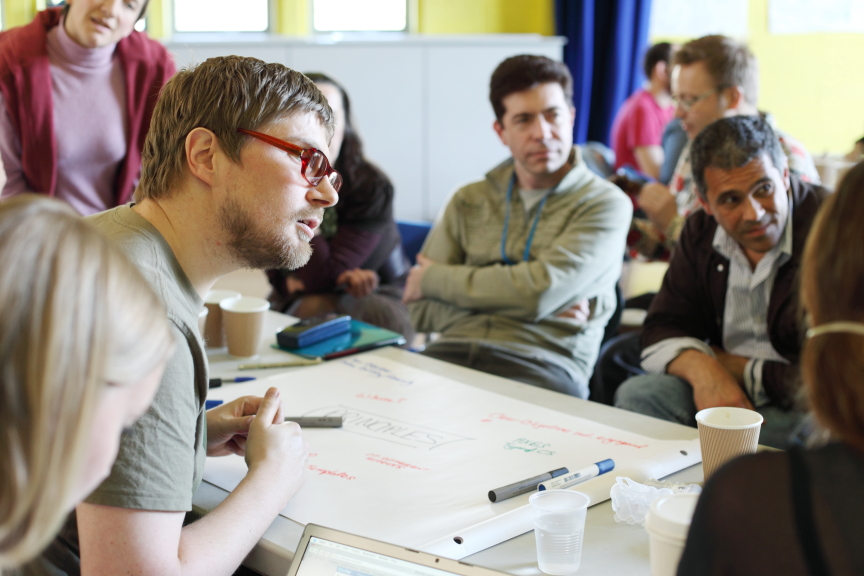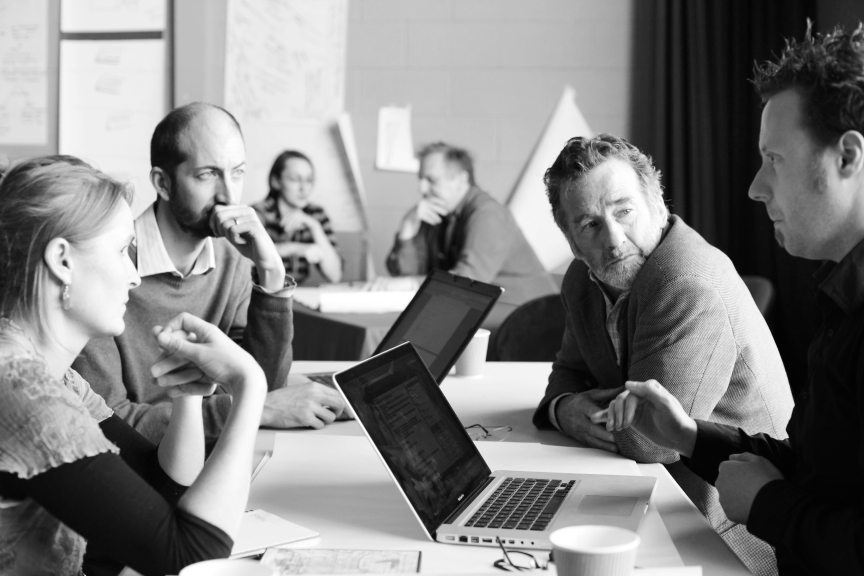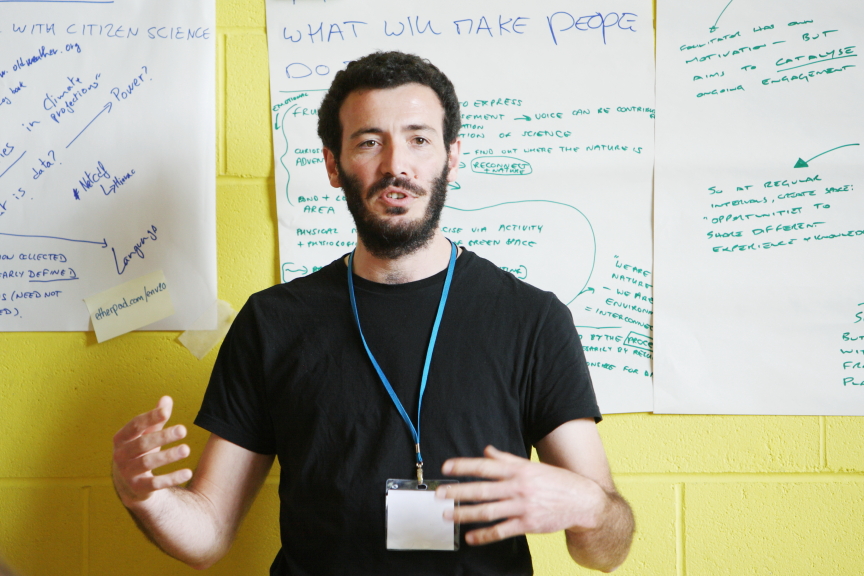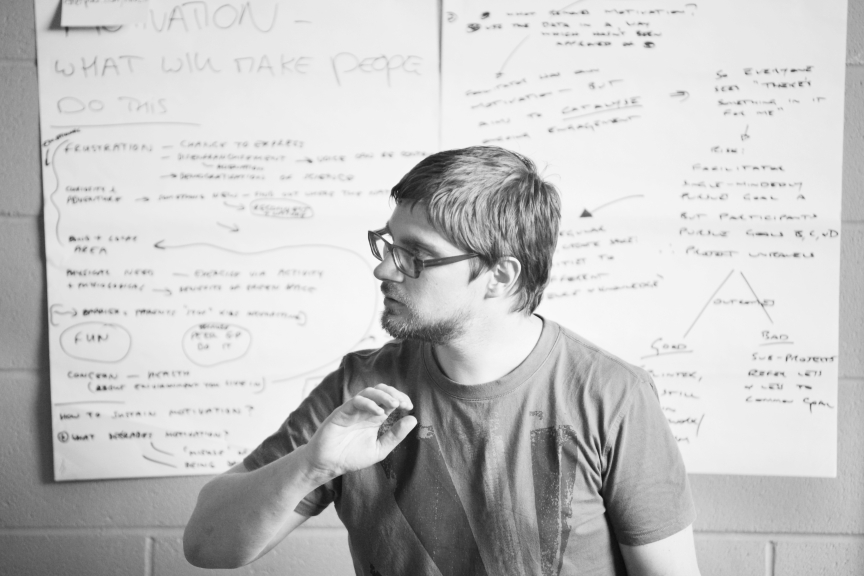Bringing together leading international figures to present the state-of-the-art in the field and evaluate the Environment 2.0 projects. An outcome were some design principles or signposts for mass participation and citizen science projects on the environment, biodiversity and climate.
It took place on Saturday 16 May 2009 at Futuresonic 2009 in Manchester England. Organised by FutureEverything (Futuresonic), Met Office, Natural History Museum, ImaginationLancaster.
It was open to everybody interested in innovative forms of participatory observation, mapping and mass participation on the environment, or in issues surrounding ‘citizen science.’
In urban environments in particular we can be insulated from both nature and the consequences of our actions as surely as the tarmac of the road cuts us off from the earth beneath. How can innovative approaches to participatory observation and mapping overcome this separation, when combined with the way the internet and digital media has enabled individuals to produce and share information globally and instantly? How can web technologists interested in the interface between digital footprint and environmental footprint, and artists concerned with collaborative observation, mapping and intervention in the environment, bring a fresh approach to ‘citizen science’ and public engagement in the environment?
The question the Open Lab explored was “How can we best design mass participation and citizen science projects?”
It identified a number of design signposts:
Simplicity – often the most complex plans and ideas only work if worked-up into simple form
Coherency – engagement requires clear meaning sharing and reason for taking part
Reciprocity – the data produced needs to be exchangeable and individual contributions recognised
Participatory design – what are the parameters of the projects if they designed in participatory way
Open to the unexpected – room for the uninvited/undersigned and room for failure are all good
Thinking creatively about MASS – what does it mean and is it enough for it to have the potential to scale up
Eco-phenomenology – focus on new ways of encountering and mapping the environment that are bottom up
Usefulness – how to define useful/real, and who is defining this
The Environment 2.0 Open Lab was open to everyone, including speakers, artists and delegates at Futuresonic 2009 and the Social Technologies Summit, and the agenda was driven by participants.
A wide range of people took part…
• Interested in mass participation projects on the environment?
• A campaign or community organiser seeking novel, exciting ways to engage more people?
• An artist working both online and in the environment?
• An amateur enthusiast in climate, environment or biodiversity?
• A local authority seeking to broaden public engagement in the environment?
• A researcher exploring citizen science or public engagement?
• A scientist interested in new, non-conventional perspectives?
• Interested in web 2.0 and online mapping technologies?
